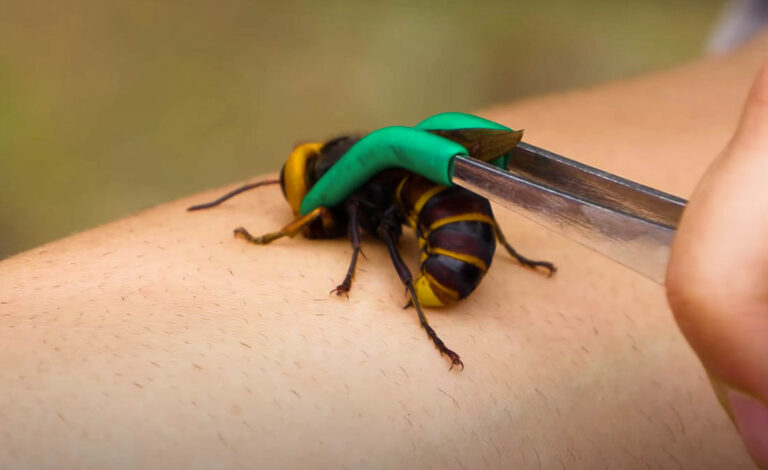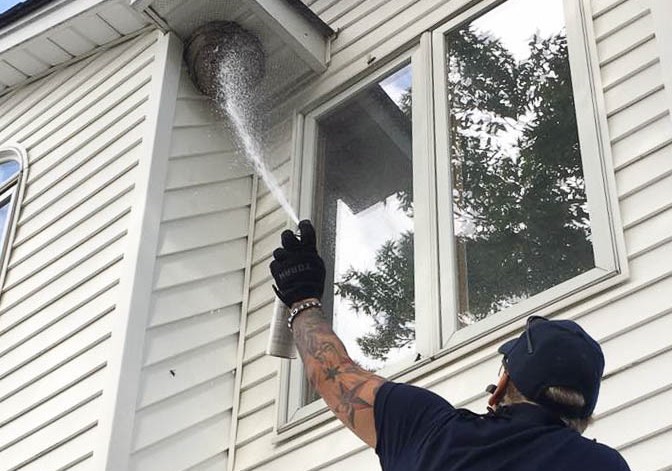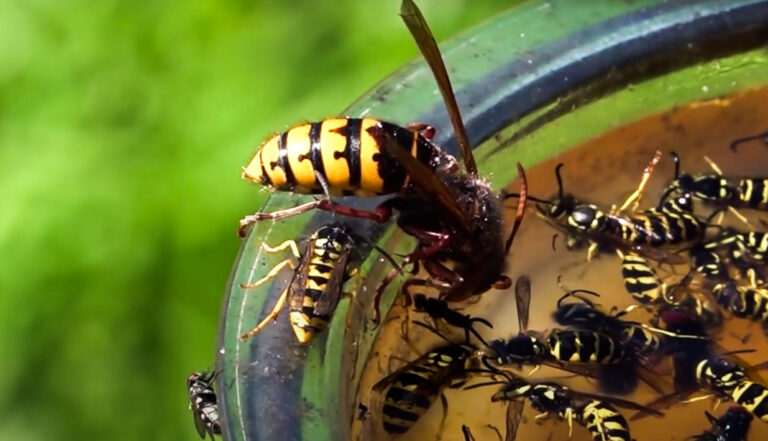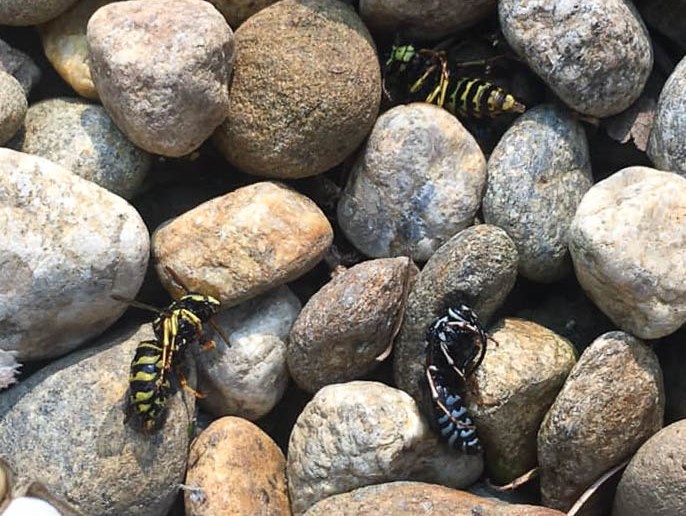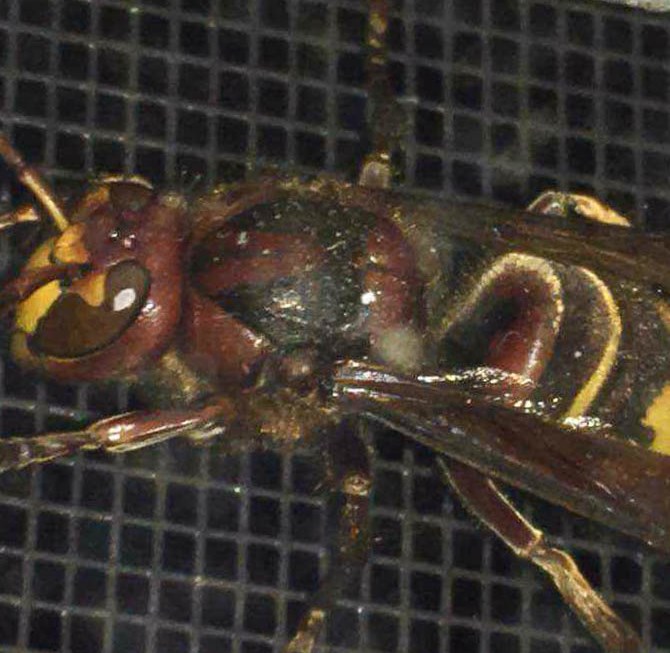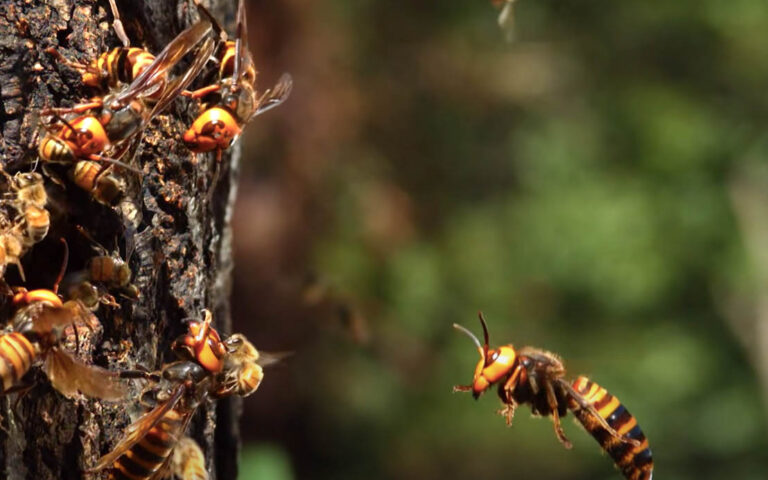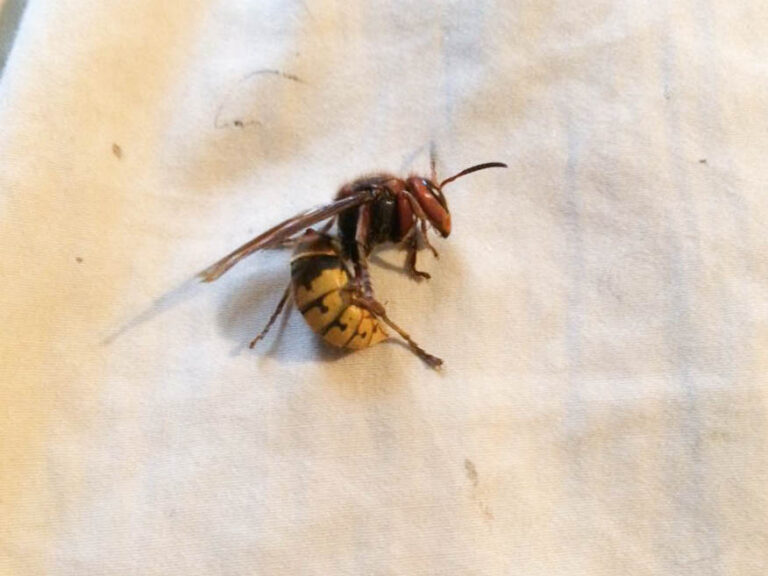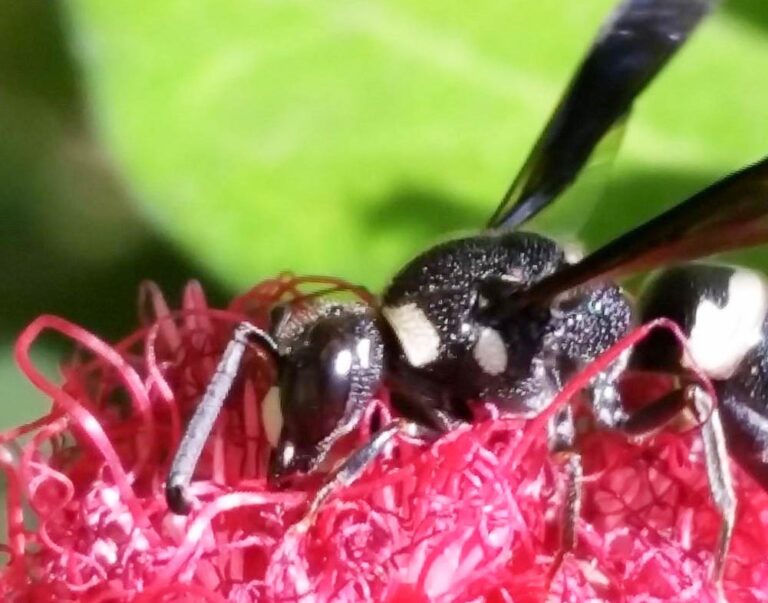About Asian Giant Hornets
About Asian Giant Hornets
Asian giant hornets, also known as AGH, are wasps that come from the northern part of India and the eastern part of Asia. In 2019, they were discovered in Washington state and have been seen in Vancouver Island, Canada.
The AGH has a stinger that is only ¼ inch in length and contains no barb so it is able to sting its victim more than once. The Asian giant hornet’s saliva is estimated to give an overwhelming amount of energy to the hornet when they are chasing down their prey
Appearance
The body of the Asian giant hornet is one of the largest hornet bodies in the world. It measures between 1.5 inches to two inches in length. The color of the head is a solid yellow or orange. It is large in size and they have black eyes. The thorax is solid brown or black in color. The abdomen features alternating bands that can be dark brown or yellow or orange and black.
The stinger on an AGH is longer than an average wasp found in the United States, so the venom inside the stingers of the AGH is more toxic. If a human has allergies to a bee sting, they will need to treat a sting from an AGH with extreme caution and seek medical attention immediately.
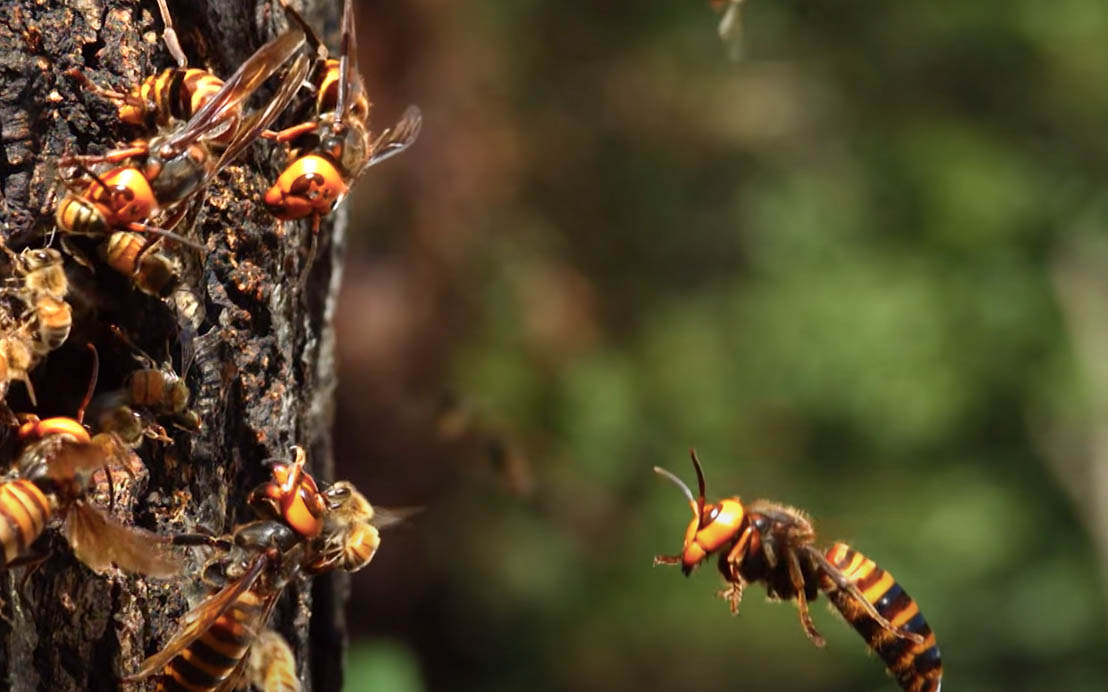
Life Cycle
The life cycle of an Asian giant hornet is rather complex compared to other hornets that live in the United States. In the spring, the queen emerges from hibernation already fertilized from last fall. She begins to build her nest in stages. She needs just enough cells to lay her eggs while she is feeding on sap and while her ovaries are developing.
In the summer, and after she finds her nest, by herself, she will begin building her nest, looking for food, laying her eggs, and then providing care for her babies. Once the eggs turn into larvae, she will feed them nectar until they are old enough to leave the nest and become worker hornets. Then, not only will her colony grow but so will her nest. Now that there are enough worker hornets, the queen will stay inside the nest all the time and turn over the working part to the other hornets.
In the early part of fall, the males are hatched and start to fertilize all the females for the next year. In some cases, in order to gain more protein to feed their offspring, the AGH will attack honey bee hives to kill the adults within the hive and take all the larvae and pupae back to their nests to feast.
It is also during the fall that the males will leave the nest once they are developed and sit at the entrance of the nest to wait for the new queens that emerge in about a month. The queens must mate prior to winter coming on because the males will soon die off when the temperatures begin to drop. In the winter, once the new queens are fertilized, they will find shelter usually in rotting wood or in soil and stay there until spring.
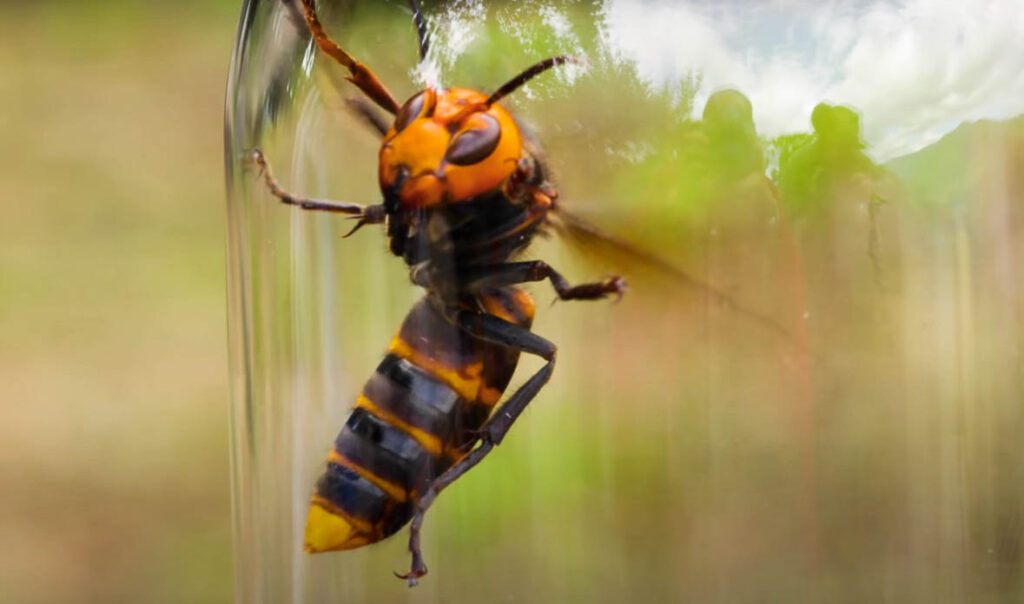
Habitat
The Asian giant hornet likes a warmer and higher climate. They like to build where there is enough food too. The queen will find an underground dwelling that has a narrow opening for a nest. Normally, rodents like field mice can leave behind the perfect sized hole for the AGH. She may also find a nest in a hollow tree trunk.

